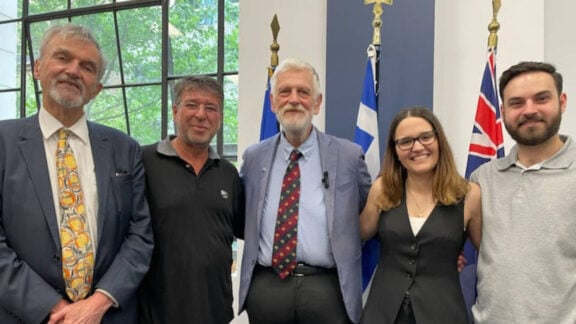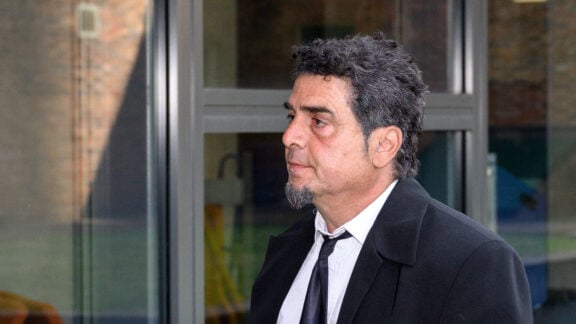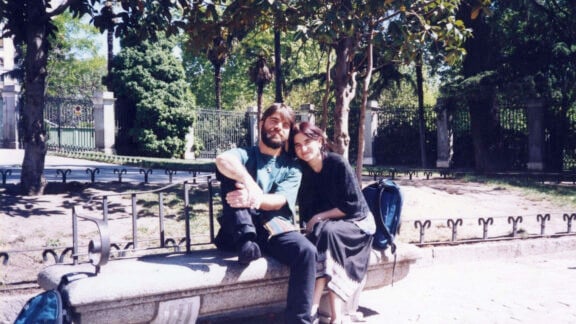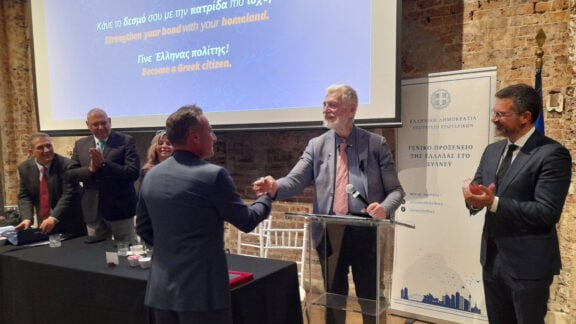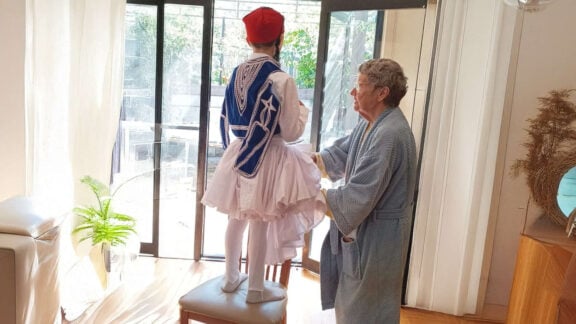Thousands of years before the Turks had established their power in South Asia, a Hindu caste of warriors known for military prowess called Rajputs, or “Sons of Kings”, had found their rule in different parts of this region.
Some Rajputs claim descent from the sun, others from the moon, and rest from fire; they ruled for a long time as independent kings, fighting and winning battles, before being made feudatories and tribute-paying vassals of foreign invaders like Turks, Timurids, Imperial British and local Marathas and Sikhs.
During the British Raj, several Rajput Maharajas maintained semi-independent status and were known for wealth. Today, the palaces of these Maharajas are tourist attractions, and many of them have been converted into five-star hotels in India. Scholars show that many Rajputs have Hellenic ancestors.
Sir George Birdwood, in his analysis in the Journal of the Royal Society of Arts (No. 3,118, VOL. LX.), writes that the Rajputs never hesitated to recruit their ranks by the admission of desirable aliens from over “the North-West Frontier,” whether Greeks or Sassanian Persians.
A Greek prince is mentioned in the genealogical list of the Rathors of Kanauj and Mewar, and in the fifth century A.D., one of his successors married the daughter of Barham Gaur [Varanes V.], and there is a tradition among the Gehelots of Mewar of an ancestress in the sixth century A.D. who was the granddaughter of one of the Christian emperors of Byzantium. Greeks, or Yavana, as Hellenes were known, were present in Central Asia long before Mega Alexandros (Alexander the Great) marched into India.

Rajput states were mainly in Rajasthan in India, known before as Bactrian (Indo-Greek) kings ruled Rajputana, the whole or parts of this region in the 2nd century B.C. The question is, where did these Indo-Greeks go? According to Sir George Birdwood, the Rajput community absorbed them. Indo-Greeks converted to Hinduism and found acceptance in the Rajput community; this openness of Indo-Greeks to accept local beliefs allowed them to assimilate into the Rajput community.
Birdwood’s “….myth of the origin of the Agnikulas” or “Fire (born) family” of Rajputs are said to have been raised by the royal and saintly Agasthya, the reputed author of so many of the “Hymns” of the Rig-Veda, from a sacramental fire kindled on the summit of Mount Abu [Arbuda], in the presence of a gathering of the whole college of Brahmanical gods.
The legend probably refers to the enlistment in the third and second century B.C. of Zoroastrian Persians and polytheist Greeks into the Kshatriya caste as supporters of the Brahmans against the recalcitrant Kshatriyas. The author wrote how King Menander I Soter expanded Greek power in India and Capt. H. Wilberforce-Bell’s The History of Kathiawar from the Earliest Times suggests that Menander conquered Saurashtra, part of the modern Indian state of Gujarat, Capt. Bell wrote, “Menander, King of the Punjab and Kabul, and a relation of Eucratides, King of Bactria, (founded in Alexander’s time) emulated, the prowess of the great Greek warrior, and marched into India. He conquered and annexed Saurashtra, and it is recorded by Strabo, who calls the country Saraostos.”
We can infer that he still held Saurashtra and Broach for several years after his repulse, mainly because Greek coins older than 153 BC were recorded as current in Western India for some years.”
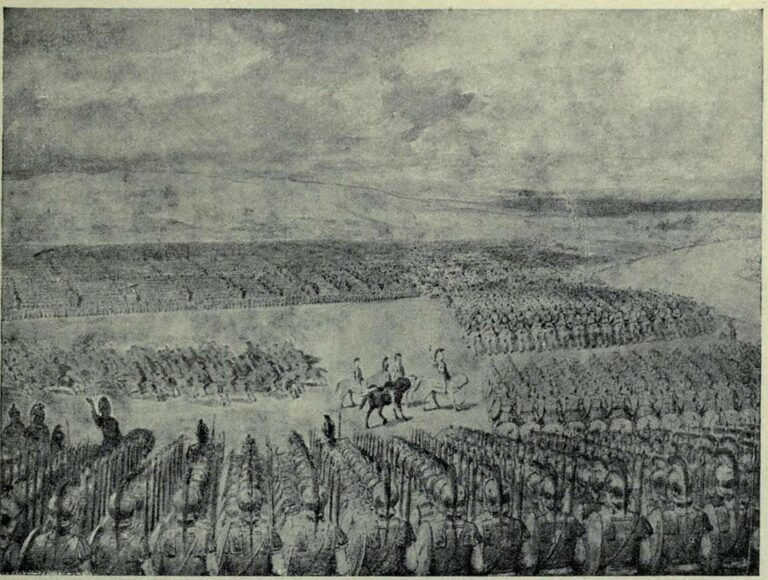
In Gujarat, part of which was conquered by Menander, a Greek-turned-Rajput community migrated in about the year AD 1090, as per Captain Bell a family of Rajputs settled in the Kathiawad peninsula. These were the Jhalas, who formerly ruled at Keranti, near Nagar Parkar in Sind. They were initially known as “Makwana,” a word which may be derived from the term Macedonia, the c sound being complex. Capt. Bell writes, “If this theory is correct, the Jhala Rajputs can claim Greek descent. About 1055 AD, Makwanas were driven out of Keranti, and their chief, Kesar Deva, was killed; his son, Harpal Deva, fled to Anhilwad Patan, where he sought protection from Karan Raja, King of Anhilwad.
As a reward for services, Karan Raja was bestowed on Harpal Deva, that part of Saurashtra that came to be known as Jhalawad.” Indo-Greeks assimilated substantially into Indian society and contributed significantly to spreading Buddhism in Asia; many converted to Hinduism, many gave donations for the construction of monuments in India, some became Buddhist monks, and several others continued to be warriors like their ancestors who migrated to South Asia before Alexander the Great, or with him, some of these warriors became Rajputs. There were areas in India where royals of Greek ancestry and Indian culture continued to rule as Maharajas till 1947, the year when India attained independence from the British.
The most famous meeting of a Greek and a Rajput was when Alexander the Great met King Porus, who, in the words of the Fourteenth President of The Republic of India, Ramnath Kovind, “fought a pitched battle and then became allies.” The physiognomy of Rajputs lend credence to the theory of the Hellenic origin of some Rajputs.
Arunansh B. Goswami is a historian and advocate in Supreme Court of India, Delhi.

